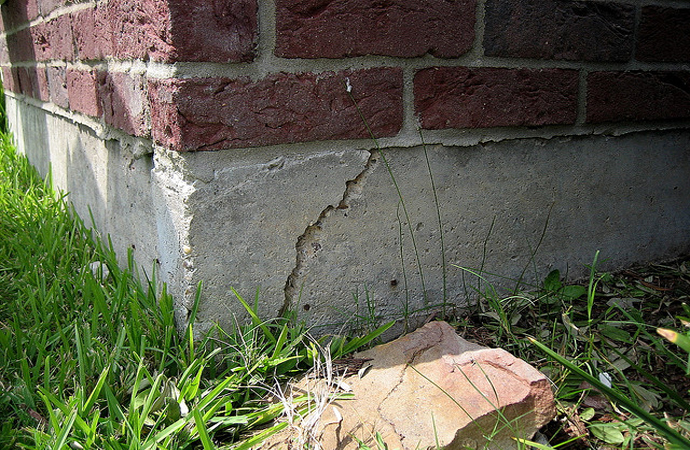If you are in the market for a new home, touring open houses will be a likely first step in your search — and it can also be a confusing process if you plan to visit many homes.
Here are five tips for buying a home that you need to know when touring an open house; so you can browse comfortably, knowing the details you discover can help you narrow down your search and weed out potentially expensive pitfalls.
1. Take Your Time
Take your time during an open house. This will help you pick up on any recurring noises such as creaks, as well as plane or train traffic, which you may not hear during a quick tour, but may be a deal breaker.
Walk the neighborhood and take note of its general condition. Many homes for sale and boarded up businesses may indicate a neighborhood that is on a downswing. Any information you can glean about the surrounding area will help make your final decision much easier.
2. Tour the Outside
Walk the perimeter of the home if possible, and note any trees or shrubs that are growing close to foundation walls. Encroaching roots can be an expensive fix down the road. If the yard slopes toward the house, that may mean water is pooling around the foundation.
While foundation cracks are quite common, anything wider than one-third of an inch could mean a structural issue. Take note of the location and try to compare to the interior of the home, if accessible. Roof repairs, window replacements, and general upkeep (or lack thereof) will give helpful clues to the owner’s standpoint on home maintenance.
3. Check for Mold
Mold and water damage can amount to expensive repair bills, and potential health problems, if not addressed. In bathrooms, check for obvious signs of surface mold on bath fixtures, and be attentive to any flex in the bathroom floor or walls that could indicate a water leak out of sight.
If the home has a basement, look for any water stains on unfinished walls or drywall, as well as cracks, bows, or buckles in foundation walls. When all else fails, use your nose to help you find any areas in the home that may be suspect.
4. Look for Pests
While no one wants to consider an infestation of any kind, they do happen, so it’s important to be vigilant about critters that could cause destruction to a home. Check windowsills and exterior entryways for termite wings that have recently been shed or sawdust that could indicate the presence of carpenter ants. And don’t forget the telltale sign of mouse droppings!
5. Sketchy Renovations
Renovated homes can be particularly attractive, but older homes, in particular, can have a host of issues. Notice the location of any walls that have been removed. If it was a load bearing wall, ensuring the renovations were completed correctly will be key to the safety of the structure.
Outdated wiring can be a fire hazard, particularly when a new electrical system has been partially wired into and older existing system. Taking note of whether a home contains cast iron piping or aluminum water supply lines will provide a small sense of any further upgrades that may need to be completed.
The Bottom Line
While the open house may be a first step in helping you narrow down your list, it can never replace a professional home inspection, which should be completed before purchasing any property. It may cost more upfront, but the savings and peace of mind over the long-term will always prevail.
Follow these tips for buying a home to save a great deal of time, money, and headaches down the road.
[cf]skyword_tracking_tag[/cf]






